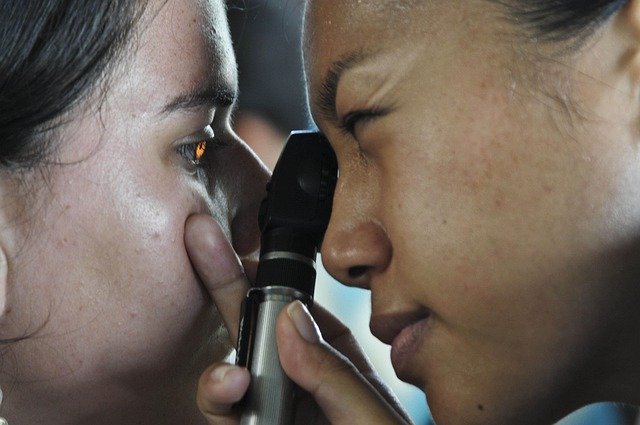Vision What to Expect and Where to Find Services
A vision test checks how well your eyes focus, how clearly you see at different distances, and whether you need corrective lenses or further medical evaluation. Tests range from simple charts to brief screenings that flag common problems. Knowing what to expect can help you choose appropriate eye care and connect with public programs or community services in your area.

Vision health: why regular tests matter
Regular vision tests help identify refractive errors (like nearsightedness), early signs of eye disease, and changes that affect daily activities. For children, screenings support learning by detecting issues that interfere with reading and classroom tasks. For adults, especially as they age, periodic checks can reveal signs of conditions such as glaucoma or macular changes before symptoms become obvious. Maintaining documentation from tests also helps coordinate care between providers.
Eye care: what happens during a test
A standard eye exam often includes visual acuity (reading letters or symbols at set distances), a refraction test to determine lens prescription, and basic checks of eye alignment and movements. Depending on symptoms or age, an eye care professional may measure eye pressure, examine the retina, or test peripheral vision. Tests can be performed by optometrists, ophthalmologists, or trained technicians at clinics and community events; duration ranges from a few minutes for screenings to an hour for comprehensive exams.
Public programs: support and resources
Many public programs aim to increase access to vision screening and follow-up care, particularly for children, seniors, and low-income populations. School-based screening programs, nonprofit initiatives, and health department efforts often focus on early identification and referral. Local public health agencies can provide information on eligibility, schedules, and partnerships with clinics that accept public program referrals. These programs typically prioritize identifying people who need further evaluation rather than providing a full eye exam on site.
Vision screening: differences from full exams
Vision screening is a quick check to detect potential vision problems; it is not a substitute for a comprehensive eye exam. Screenings commonly use visual acuity charts, near-vision tests, and simple checks for eye alignment. If a screening flags an issue, the next step is a full exam with an optometrist or ophthalmologist who can perform diagnostic tests, prescribe glasses, or recommend treatment. Screenings are useful for large groups and for identifying who needs follow-up.
Community services: finding local services
Community services for vision often include mobile clinics, nonprofit-run screening events, and partnerships with eye care professionals who donate time for outreach. Libraries, schools, and community centers frequently advertise nearby events. When searching for local services, inquire about whether the event includes only screening or also offers follow-up appointments and whether interpreters or accessibility accommodations are available. Keeping a record of prior test results helps any provider give targeted advice.
Here are some organizations that commonly provide vision-related community services and resources:
| Provider Name | Services Offered | Key Features/Benefits |
|---|---|---|
| American Optometric Association (AOA) | Professional resources, practice locators, programs to connect low-income adults with eye exam services | National professional body with resources for patients and practitioners; supports community clinics and volunteer efforts |
| Prevent Blindness | Vision screening programs, public education, referrals for follow-up care | Focus on prevention and education; offers school screening tools and community outreach guidance |
| Lions Clubs International | Community vision screening events, eyeglass collection and redistribution projects | Large volunteer network that supports local screening events and vision assistance initiatives |
This article is for informational purposes only and should not be considered medical advice. Please consult a qualified healthcare professional for personalized guidance and treatment.
Conclusion
Understanding what a vision test includes and where to find reliable services helps people make informed choices about eye care. Screenings are useful for spotting potential issues quickly, while comprehensive exams provide diagnosis and treatment planning. Public programs and community services can bridge gaps in access, and keeping records of tests makes ongoing eye health management smoother.






